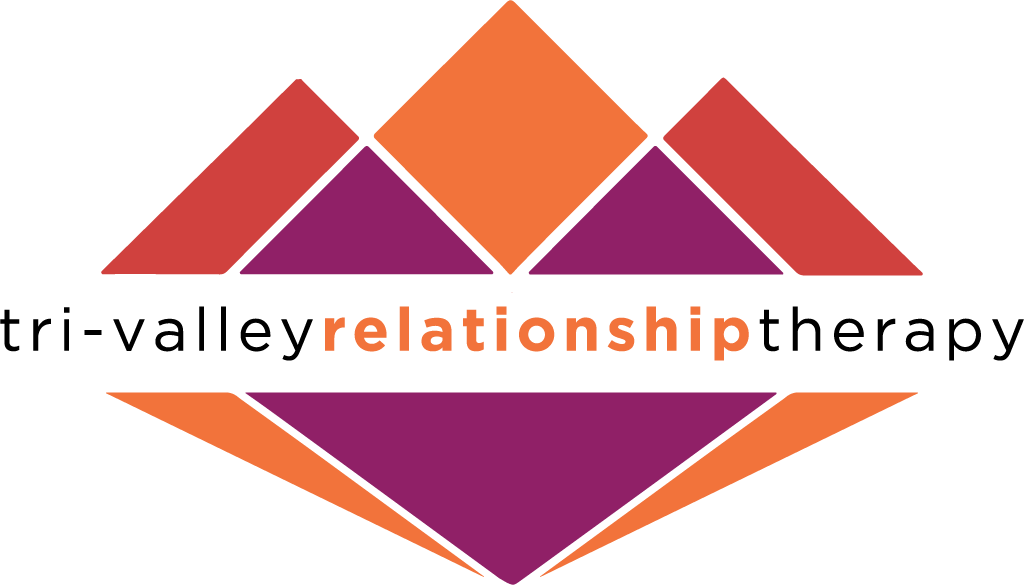Tips For Desire Incompatibility Couples
Tri-Valley Relationship Therapy, Inc. in the East Bay offers specialized sex therapy services to couples stuck in a desire incompatibility dynamic and restore their sexual connection.
Couples experiencing desire incompatibility issues often find themselves in an emotional gridlock. The partner with lower desire often feels tremendous pressure to either initiate sex or respond positively to the advances of the partner with the higher sexual desire. This pressure in turn leads to feelings of not having a say in the relationship and feelings of powerlessness and helplessness. The partner with the higher desire struggles with feelings of rejection, anxiety about the outcome of the relationship and feelings of low self-worth. Both partners, irrespective of their desire level, experience negative emotions such as anger, resentment, anxiety and at times disgust. These negative emotions almost always override any sexual feelings, erotic desires or pleasure oriented sensations. They have a blocking effect on sexual desire and the vicious cycle of desire incompatibility continues.
As I discussed in the last article about the causes of low sexual desire, relationship dynamic is a very common and critical causative factor for low sexual desire. Couples experiencing relationship distress often also experience sexual distress and it might be helpful to seek the assistance of a licensed couple’s and sex therapist to work through the problematic dynamic.
In this article, I am sharing a few tips for couples experiencing desire incompatibility. It is important to remember that these strategies are not a substitute for seeking professional help in the form of sex therapy by a trained, licensed sex therapist.
Sex is off the table
This strategy seems paradoxical in nature since the goal is to restore a healthy sexual connection between partners. The partner with lower desire often responds to this suggestion with relief and welcomes the idea of not having to worry about initiating, responding or performing in a sexual role. The partner with the higher desire experiences a more negative response because it essentially makes the situation dire instead of moving in the direction of more frequent sexual intimacy. The rationale behind this strategy is to allow the partner with lower desire to feel relief from the pressure to engage in sex or respond negatively to their partner’s advances. The lack of pressure leads to the feeling of having a say and power in the relationship which in turn reduces anger, anxiety, resentment and bitterness.
Getting in touch with your sexual self
Once sex is taken off the table, it allows both partners more time and emotional energy to explore their sexual selves individually. This is a good time to become more grounded in your body as a sexual being. It is helpful for partners to set aside private and individual time to explore their own body. Find out what feels good and what doesn’t, what is a psychological turn on and what is off-putting. Use masturbation to become familiar with the physiological highs and lows of your body moving through the sexual response cycle of desire, arousal, orgasm and resolution.
Monitor your sexual interest meter
In addition to becoming attuned to your body’s response to arousal and orgasm, also focus on becoming in sync with your sexual interest level at any given moment. Use a scale of high, medium, low to assess your interest in sex at different points throughout the day. For example, you may find that your interest is high when you come home and your partner surprises you with a romantic dinner or your interest is low when you are stuck in traffic, on your way to work. This strategy is helpful in becoming more attuned to your body’s response to various sexual cues outside of sexual or erotic moments. For instance, you may discover that when your partner shows concern and care by making dinner at the end of a long day, it is more of a psychological turn on for you than your partner gifting you a sexy piece of lingerie.
Ramp up the non-sexual intimacy
Non-sexual intimacy is intimacy that does not or will not lead to sex. This includes kissing, cuddling, hugging, holding hands, taking walks together, gazing into each other’s eyes, saying I love you etc. Of course, if sex if not off the table, many of these expressions of intimacy can and will lead to sex. However, with the no sex rule in place, the partner with lower desire will feel more willing and comfortable to engage in non-sexual intimacy which in turn provides validation and reassurance to the partner with higher desire, that they are loved and are the center of their partner’s attention. Cuddling on the couch under a blanket and watching a movie together can be incredibly intimate and improve the overall level of relationship satisfaction experienced by a couple.
Written by: Nagma V. Clark, Ph.D., L.P.C.C. specializing in sex therapy, couples therapy & marriage counseling, premarital counseling, individual relationship therapy & LGBTQQI couples counseling at Tri-Valley Relationship Therapy, Inc. in the East Bay, in Dublin & Oakland.
If you or your partner would like to enhance your sexual connection or need help with a sexual issue or concern, sex therapy at Tri-Valley Relationship Therapy, Inc. in the East Bay can help. Dr. Clark has advanced & specialized training in sex therapy and she has helped many couples & individuals resolve their sexual concerns.
Call 925-400-3541 or email doctor.nvclark@gmail.com to schedule a free 30 minute phone consult or fill out the contact form and you will be contacted within 12-24 hours.

